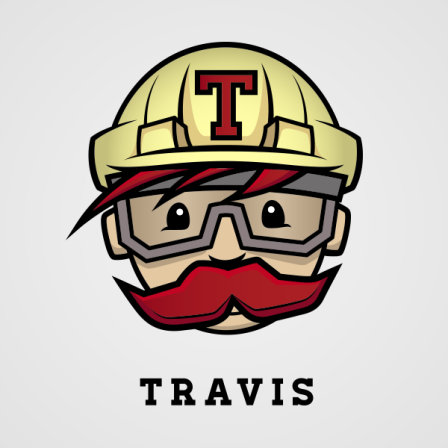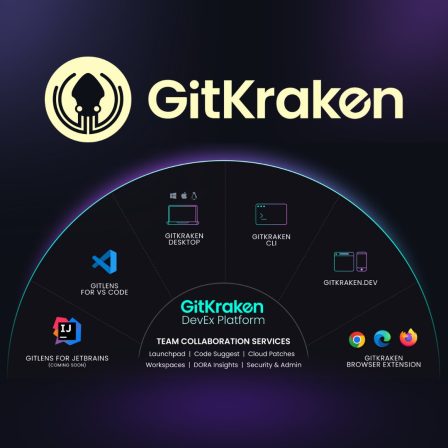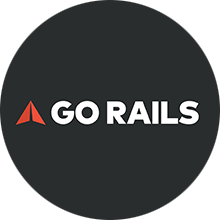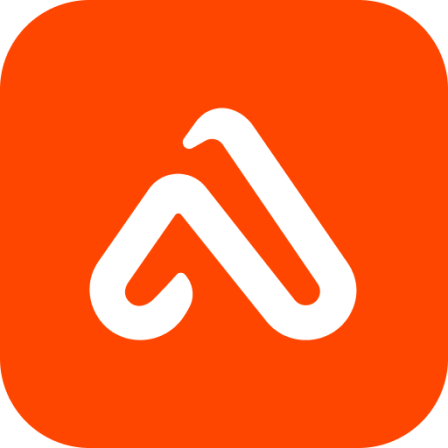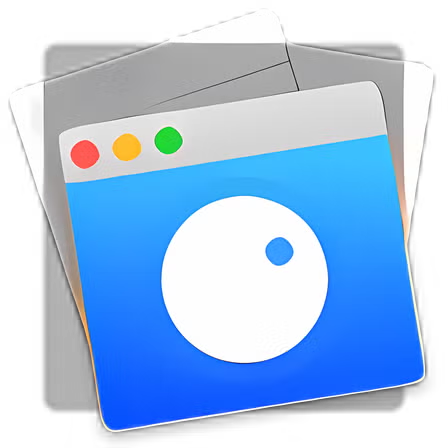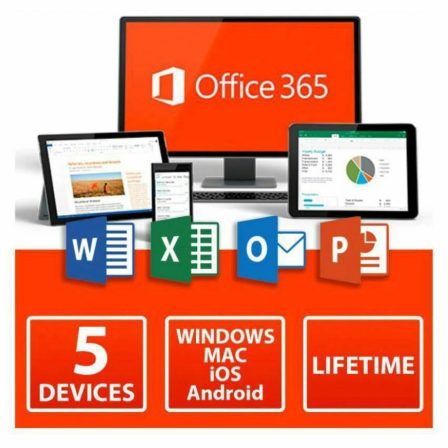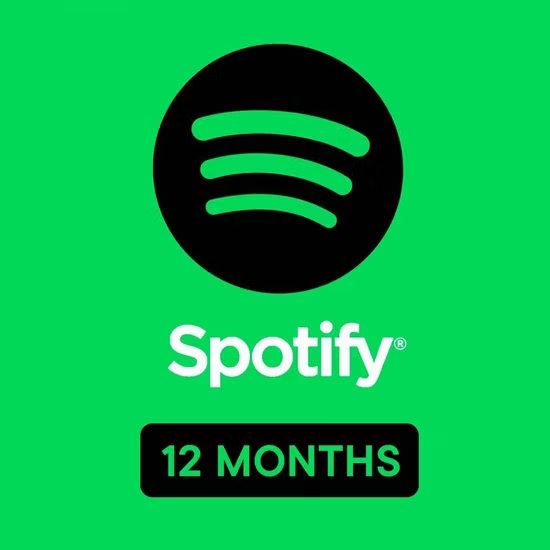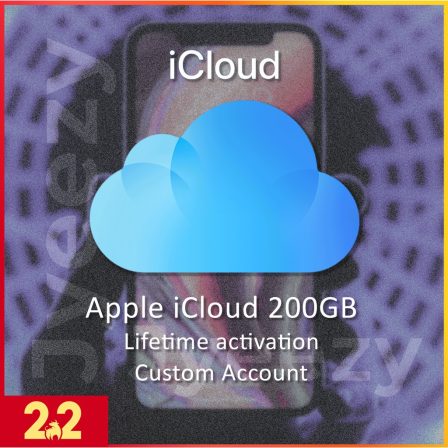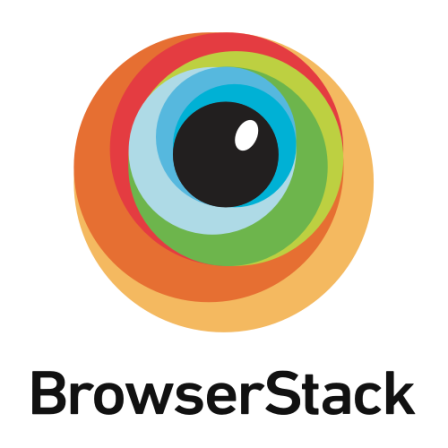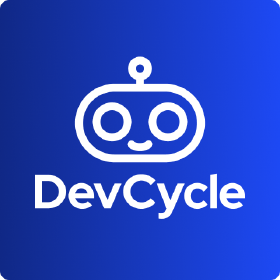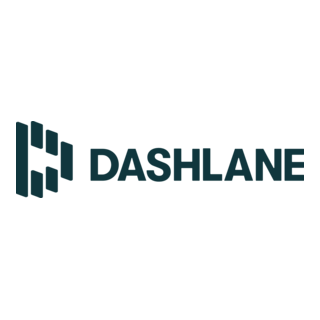There is no item in your cart
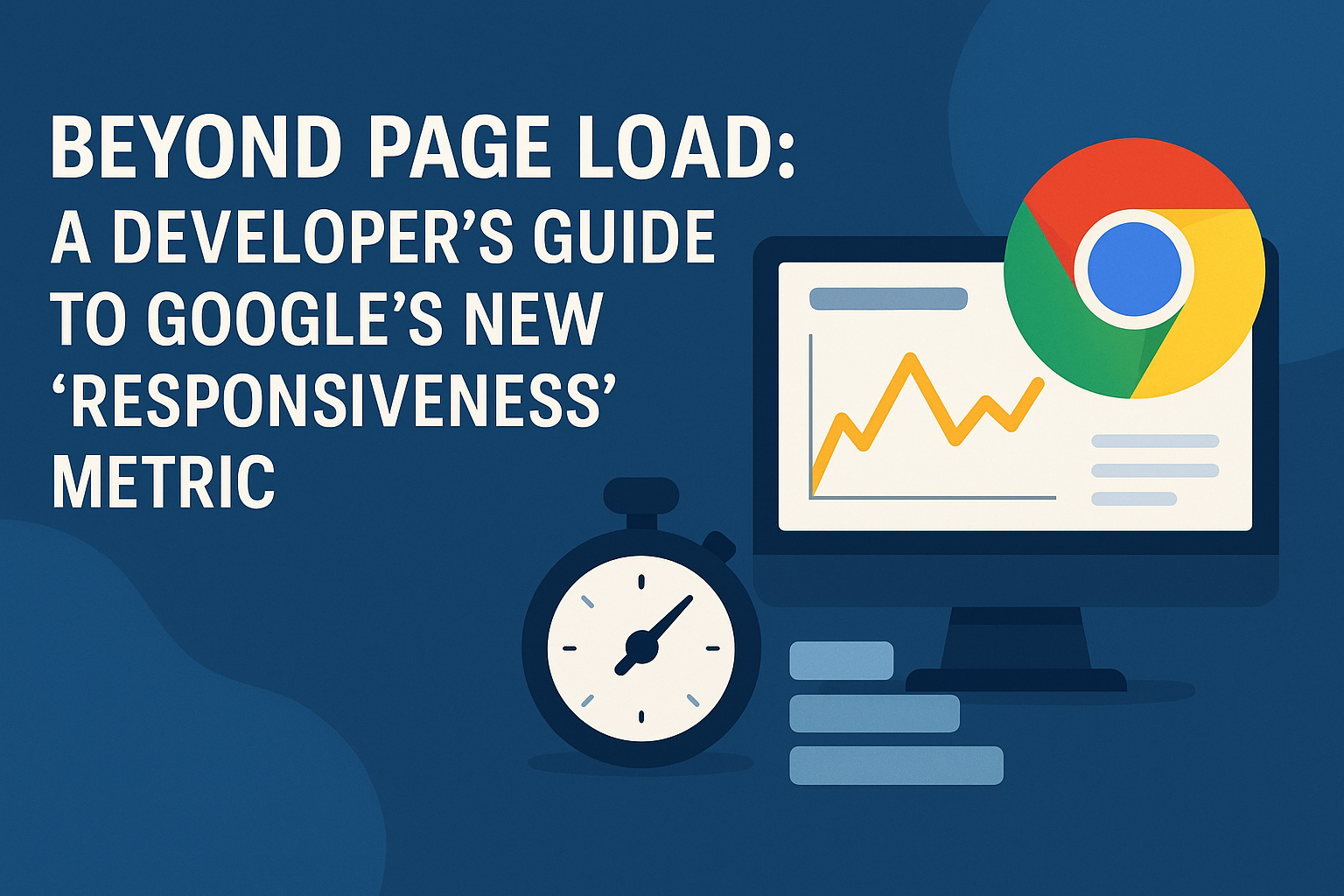
Beyond Page Load: A Developer’s Guide to Google’s New “Responsiveness” Metric
For years, the web performance conversation has been dominated by one thing: initial page load speed. We’ve optimized for LCP (Largest Contentful Paint), FID (First Input Delay), and CLS (Cumulative Layout Shift) to make our sites load faster. But what happens after the page loads? How does the site feel to use?
Reflecting a major shift in focus, recent industry updates indicate that Google is evolving its Core Web Vitals to measure the entire user journey. The latest buzz is around a new metric poised to become critical: Responsiveness (RSP), which measures post-load interaction latency. This guide explains what RSP is, and how to start optimizing for it today.
What is Responsiveness (RSP) and Why Does It Matter?
Responsiveness (RSP) measures the delay between a user’s action—like a click, a tap, or a keypress—and the moment the user interface provides visual feedback.
- Low RSP (Good): The user clicks a button, and the modal appears instantly. The app feels snappy and fluid.
- High RSP (Bad): The user taps a filter, and the page freezes for a moment before updating. The app feels laggy and frustrating.
Why does it matter? Because a slow initial load might be forgiven, but an unresponsive interface after loading feels like a broken product. It directly impacts user satisfaction, conversion rates, and now, your site’s search ranking.
Common Causes of Poor Responsiveness
Most RSP issues stem from a single culprit: a busy “main thread” in the browser. Common causes include:
- Long-Running JavaScript: Heavy computations, complex data transformations, or inefficient loops blocking the browser from doing anything else.
- Large, Complex DOM: When you have too many elements on the page, even a small UI update can cause a slow and costly re-render.
- Inefficient Rendering: Complex CSS selectors, heavy box-shadows, and unoptimized animations can slow down repainting.
- Heavy Third-Party Scripts: Ad, analytics, or tracking scripts often compete for precious main thread time.
How to Measure and Optimize for RSP: A Practical Guide
- Measure First: Tools like Google’s PageSpeed Insights and the Chrome Lighthouse panel will be your primary resources for checking your site’s RSP score. For real-world data, you’ll need a Real User Monitoring (RUM) solution.
- Break Up Long Tasks: If you have a JavaScript task that takes more than 50ms, it’s too long. Use techniques like
requestIdleCallbackor move heavy logic to a Web Worker to free up the main thread. - Optimize Your Frameworks: In frameworks like React, use
memoanduseCallbackwisely to prevent unnecessary re-renders that can clog the UI when state changes. - Lazy-Load Components: Don’t render everything at once. Use virtual scrolling for long lists and dynamically import components only when they are needed.
- Test Across a Range of Devices: A high-end laptop can hide major performance issues. The real test is how your site feels on a mid-range Android phone on a spotty network connection.
Conclusion
The focus of web performance is officially moving beyond the initial load. A truly performant website is one that not only loads quickly but feels fluid and responsive throughout the entire user session. Optimizing for metrics like RSP isn’t just about pleasing search engines; it’s about respecting your user’s time and providing a high-quality experience.
Ensuring your website is responsive on every device is a complex challenge. A development browser like [Polypane] can help you debug responsiveness across multiple viewports at once, while a testing cloud like [BrowserStack] lets you run automated tests on a massive device farm. For production monitoring, a tool like [New Relic] can track your real users’ RSP scores. Find these essential performance tools at [SMONE] and build a faster, more responsive web.
